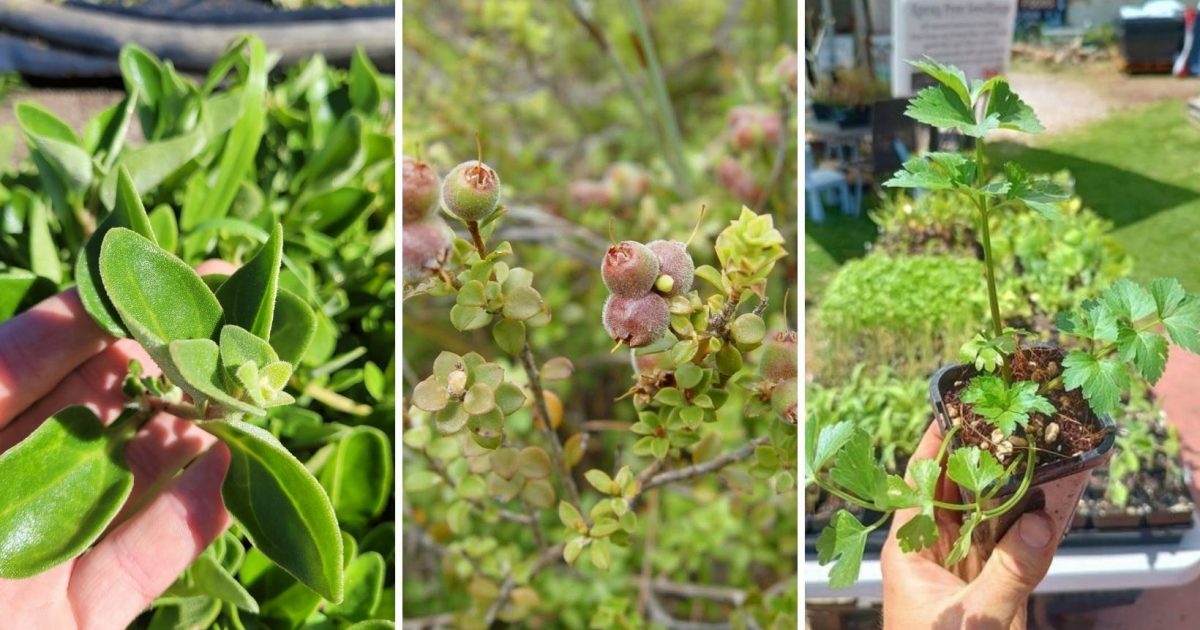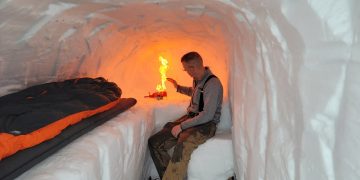Introduction
In a world where supermarkets are stocked with every imaginable food item, the concept of foraging may seem outdated. Yet, traditional foraging — the practice of gathering wild plants, fungi, and animals — has survived for centuries, providing a vital source of sustenance for various cultures around the globe. But with the rise of modern agriculture, mass production, and global supply chains, the question arises: Is traditional foraging more effective than our current systems of food supply?
This question is more complex than it first appears, as it requires us to examine a variety of factors, including ecological sustainability, nutritional value, economic cost, and the social implications of each approach. In this article, we will explore the pros and cons of both traditional foraging and modern food supplies, comparing their effectiveness in a rapidly changing world.
The Roots of Traditional Foraging
For centuries, foraging has been essential to human survival. Ancient hunter-gatherers relied on their knowledge of the land to find wild food, from fruits and berries to tubers, mushrooms, and meat. Even in modern times, indigenous communities around the world continue to practice foraging, preserving a rich cultural heritage and a profound connection to the land.
Foraging is not merely about survival; it involves a deep understanding of local ecosystems. Those who forage traditionally often have an encyclopedic knowledge of the local flora and fauna. They know when and where specific plants are most abundant, how to harvest them without depleting the resources, and how to prepare them in a way that maximizes their nutritional value.
Modern Food Supplies: The Rise of Industrial Agriculture
On the other hand, modern food supplies are a result of industrial agriculture — a system based on the mass production and distribution of food. Thanks to technological advancements, global trade networks, and the mechanization of farming, we can now access a wide variety of foods year-round, regardless of season or location.
For the average consumer, modern food systems offer convenience and variety. Supermarkets are stocked with products from around the world, and processed foods are easy to store and prepare. In many parts of the world, food security — the availability of enough food to meet the needs of the population — is generally not a concern.
However, this convenience comes at a cost. The environmental impact of industrial agriculture is substantial. Large-scale monocropping, pesticide use, and synthetic fertilizers have led to soil depletion, water pollution, and biodiversity loss. Furthermore, the carbon footprint of modern food systems is significant, as food must be transported long distances from farm to table.

Comparing Sustainability: Traditional Foraging vs. Modern Food Systems
1. Environmental Sustainability
One of the most compelling arguments in favor of traditional foraging is its minimal environmental impact. Foragers typically harvest only what they need, leaving enough of each species to regenerate and thrive. This sustainable harvesting is in stark contrast to the industrial practices of monocropping and intensive farming, which often deplete soil health and require the use of harmful chemicals.
Foraging promotes biodiversity, as it encourages the use of a wide range of plant and animal species. Foragers may gather dozens, if not hundreds, of different plants and fungi, depending on the season and location. In comparison, modern agriculture often focuses on a few high-yield crops, which can result in a loss of genetic diversity and make the system more vulnerable to pests and diseases.
However, the sustainability of foraging is highly dependent on knowledge and the ability to manage local ecosystems responsibly. Without proper care, over-foraging can deplete local resources, especially in areas that are subject to high levels of human activity.
2. Nutritional Value
When it comes to nutritional density, traditional foraging often outshines store-bought foods. Wild plants and animals are generally richer in vitamins, minerals, and antioxidants than their domesticated counterparts. Wild berries, for instance, tend to have higher concentrations of vitamin C, fiber, and other essential nutrients compared to cultivated varieties. Wild mushrooms and leafy greens are also packed with nutrients and are free from pesticides or artificial fertilizers.
Modern food supplies, by contrast, are subject to the limitations of mass production. The widespread use of synthetic fertilizers can lead to nutrient depletion in the soil, which in turn affects the nutritional content of crops. Additionally, the long shelf life of many processed foods can diminish their nutritional value. The emphasis on convenience and cost-efficiency in modern agriculture often leads to the production of foods that are lower in micronutrients and higher in calories.
That being said, modern food supplies are designed to meet the caloric and macronutrient needs of a population, and fortified foods can provide essential vitamins and minerals. The key difference, however, lies in the nutrient density and the freshness of the foods consumed.
Economic Considerations: Cost and Accessibility
1. The Cost of Foraging
While traditional foraging may be free, it is not without its hidden costs. Foraging requires significant time, effort, and expertise. It also demands access to appropriate natural spaces, which may not be available in urban environments or heavily developed areas. Additionally, foraging is unpredictable. The availability of wild foods can fluctuate with the seasons and environmental conditions, making it difficult to rely on foraging as a consistent food source.

Moreover, traditional foraging is often limited to those who are knowledgeable about the land and have experience identifying edible species. Misidentifying plants or fungi can result in illness or poisoning, making it crucial for foragers to have a deep understanding of their environment. In this way, the knowledge and experience required for safe and effective foraging can be seen as both an economic barrier and a potential risk.
2. The Cost of Modern Food Supplies
The cost of modern food supplies is largely determined by factors such as the scale of production, the type of food, and the distance it must travel to reach consumers. In many parts of the world, food is relatively inexpensive due to economies of scale, government subsidies, and trade agreements. However, the prices of certain organic or sustainably sourced foods can be significantly higher than their conventionally grown counterparts.
From an economic perspective, modern food systems are highly efficient in terms of producing large quantities of food at relatively low cost. While traditional foraging may be free in terms of monetary costs, modern agriculture benefits from massive investments in technology, transportation, and distribution networks, all of which contribute to the availability of affordable food.
The Cultural and Social Aspects of Foraging
1. Cultural Heritage and Connection to Nature
Foraging is often deeply embedded in cultural practices, connecting people to the land and the natural world. For many indigenous communities, foraging is not just a way to gather food but a way of life that fosters a deep connection to nature. In these cultures, foraging is interwoven with stories, rituals, and traditions that pass down knowledge through generations.
In contrast, modern food systems have distanced many people from their food sources. As industrialization and urbanization have progressed, most people no longer have to worry about where their food comes from, leading to a disconnection from the natural world. This detachment can result in a lack of awareness about the ecological impact of food production and consumption, as well as a reduced appreciation for the complexity of natural ecosystems.
2. Health and Community Benefits
Foraging can also bring people together, creating a sense of community. Whether it’s a family gathering wild herbs for dinner or a group of friends hunting mushrooms in the woods, foraging encourages collaboration and shared experiences. This can be especially important in a time when people are increasingly isolated by technology and urban living.
Modern food systems, while efficient, do not foster the same sense of community or connection. In many cases, food is viewed as a commodity to be purchased and consumed rather than as a source of shared experience. The rise of fast food and processed foods has also contributed to unhealthy eating habits and a lack of understanding about nutrition and food production.
Conclusion
So, is traditional foraging more effective than modern food supplies? The answer is not a simple one. While traditional foraging offers sustainability, nutrient-dense food, and a deep connection to nature, it also comes with significant challenges, including the need for expertise, limited accessibility, and unpredictability. On the other hand, modern food systems provide convenience, variety, and accessibility but at the cost of environmental sustainability and sometimes nutritional value.
Ultimately, both systems have their place in the modern world. Foraging can be an important supplementary practice for those who are fortunate enough to have the knowledge and resources to do so. However, given the scale of the global population and the demands of modern life, industrial agriculture remains essential for feeding the majority of the world’s population.
The future may lie in finding a balance between the two systems — integrating traditional foraging practices with the efficiencies of modern food production in a way that supports both people and the planet.























